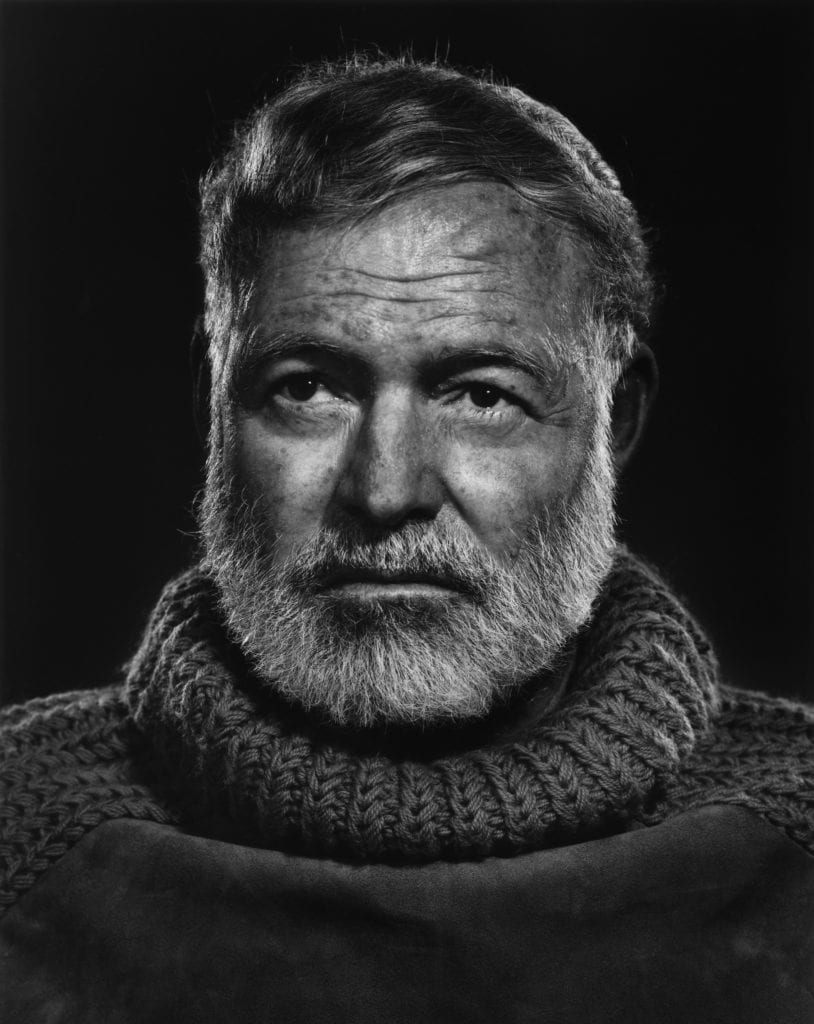Born in Armenia in 1908 to Christian Armenian parents, Karsh’s early childhood was defined by the atrocities committed by Turkey against the Armenian population at the start of the twentieth century.
His father was forced into hiding to avoid arrest and, in 1921 the Karsh family were able to escape to Syria, accompanied by a donkey and no belongings.
The course of Karsh’s life was changed when his uncle, George Nakash, wrote to the family from Canada asking for help in his photography studio. Karsh was sent on the 29-day trip from Beirut to Halifax in the second-class deck to join his uncle in Sherbrooke, Québec.
His uncle recognised that the boy had a natural talent for photography and sent him to join his friend and fellow portrait photographer, John H. Garo, in Boston.
Garo encouraged Karsh to attend evening art classes where he studied the Old Masters, specifically Rembrandt and Velázquez, and learnt to utilise composition and lighting to portray a sitter to their best advantage.
In 1931 Karsh left Boston for Ottawa, with the hope that the capital would afford him more opportunities to photograph dignitaries and international visitors.
Fascinated by ‘greatness’, Karsh aimed to capture the essential character of his sitters, photographing in a 60-year career names like Winston Churchill, George Bernard Shaw, Ernest Hemingway, Pablo Picasso, Georgia O’Keefe, Joan Miró, Audrey Hepburn, Albert Einstein, Fidel Castro and Martin Luther King.
A highlight of the exhibition is Karsh’s iconic wartime portrait of Prime Minister Winston Churchill. Taken in 1941, whilst Churchill was visiting Ottawa, the portrait was a career-defining break for Karsh.
Churchill refused to discard his cigar. Karsh responded by forcibly taking the cigar from the politician’s mouth, managing to capture the glare of the world’s most famous politician of the time.
Published worldwide by newspapers and magazines, the photograph established Karsh’s international reputation and was one of the most reproduced photographs in history.

By the time the Karsh studio closed in 1992 after nearly 60 years of business, he had photographed every Canadian prime minister since Mackenzie King, every French president since Charles de Gaulle, every British prime minister since Winston Churchill and every U.S. president since Herbert Hoover.
Gallery director Giles Huxley-Parlour says: “Karsh’s determination to succeed, and thus his uncompromising focus on quality, on technical innovation, on good manners and old-fashioned charm combined to create images of singular power and longevity.”
Yosuf Karsh is exhibited at Beetles + Huxley from 20 September to 15 October 2016
